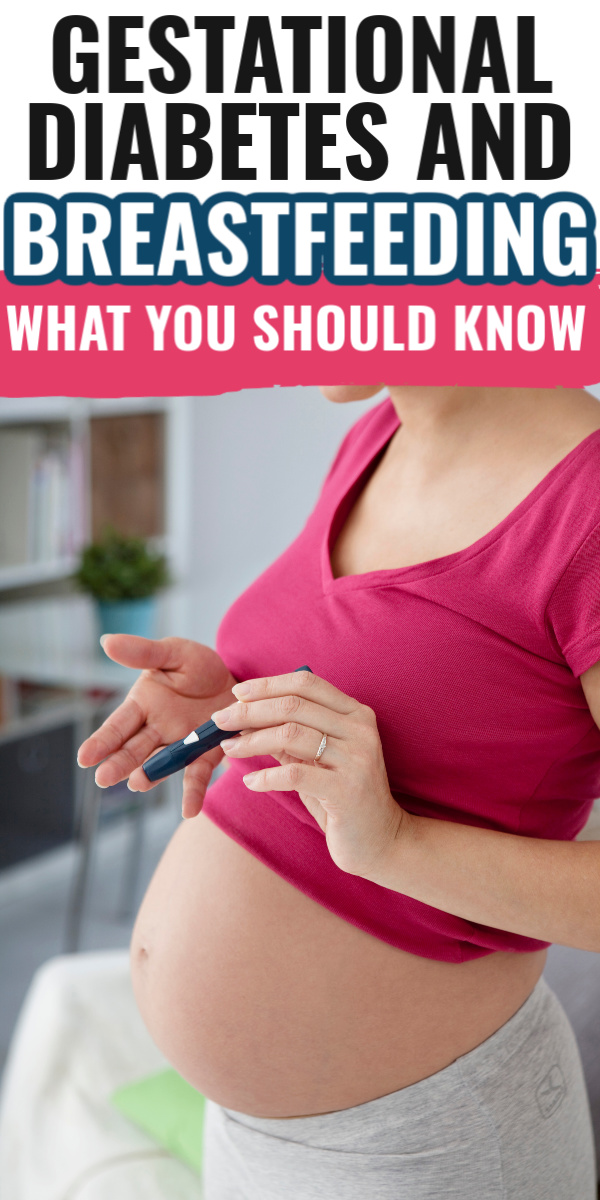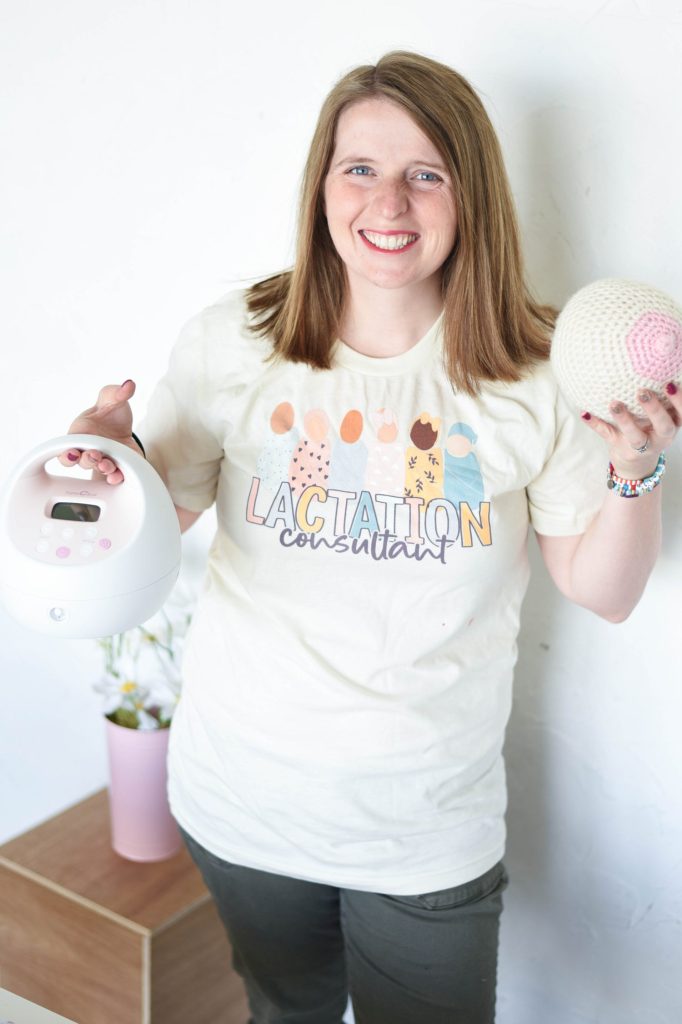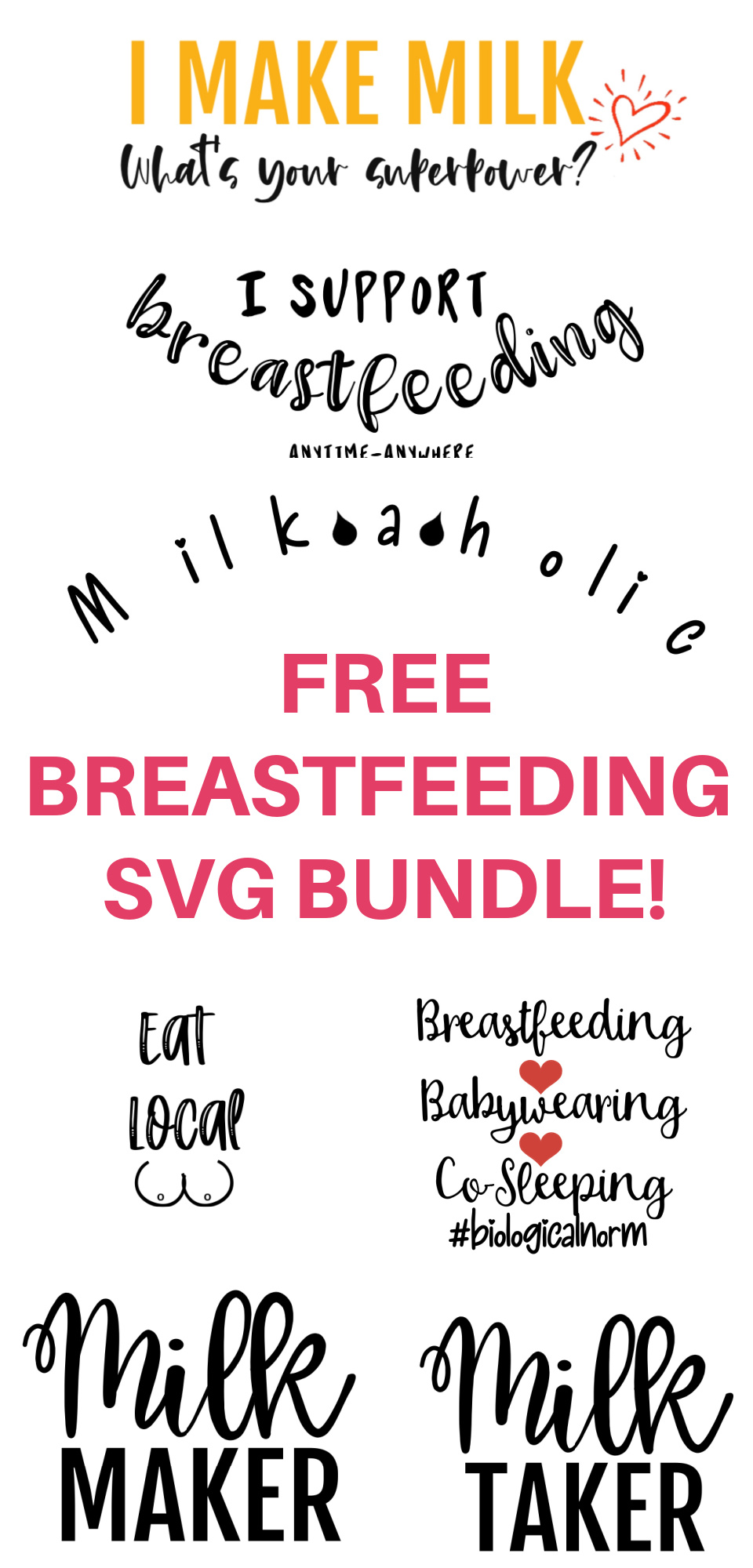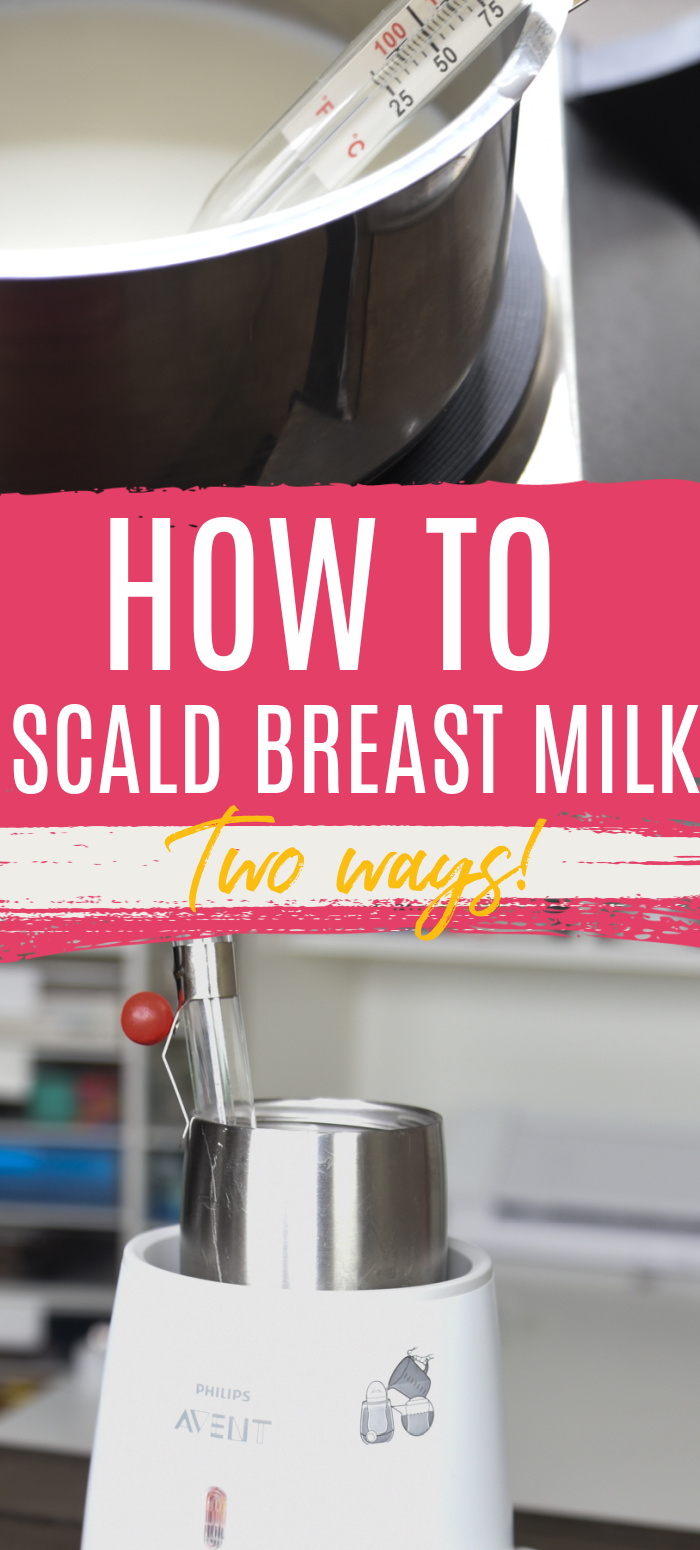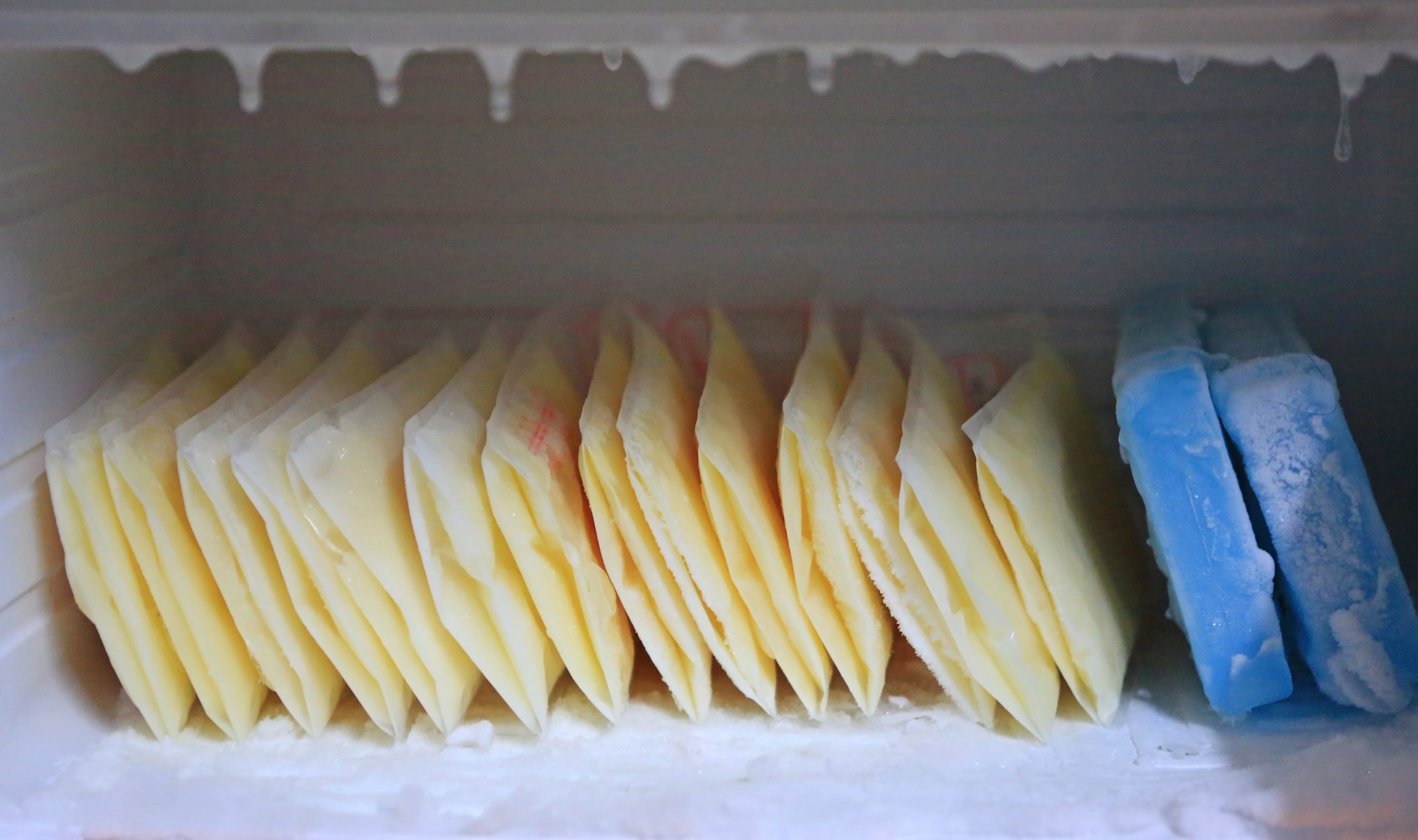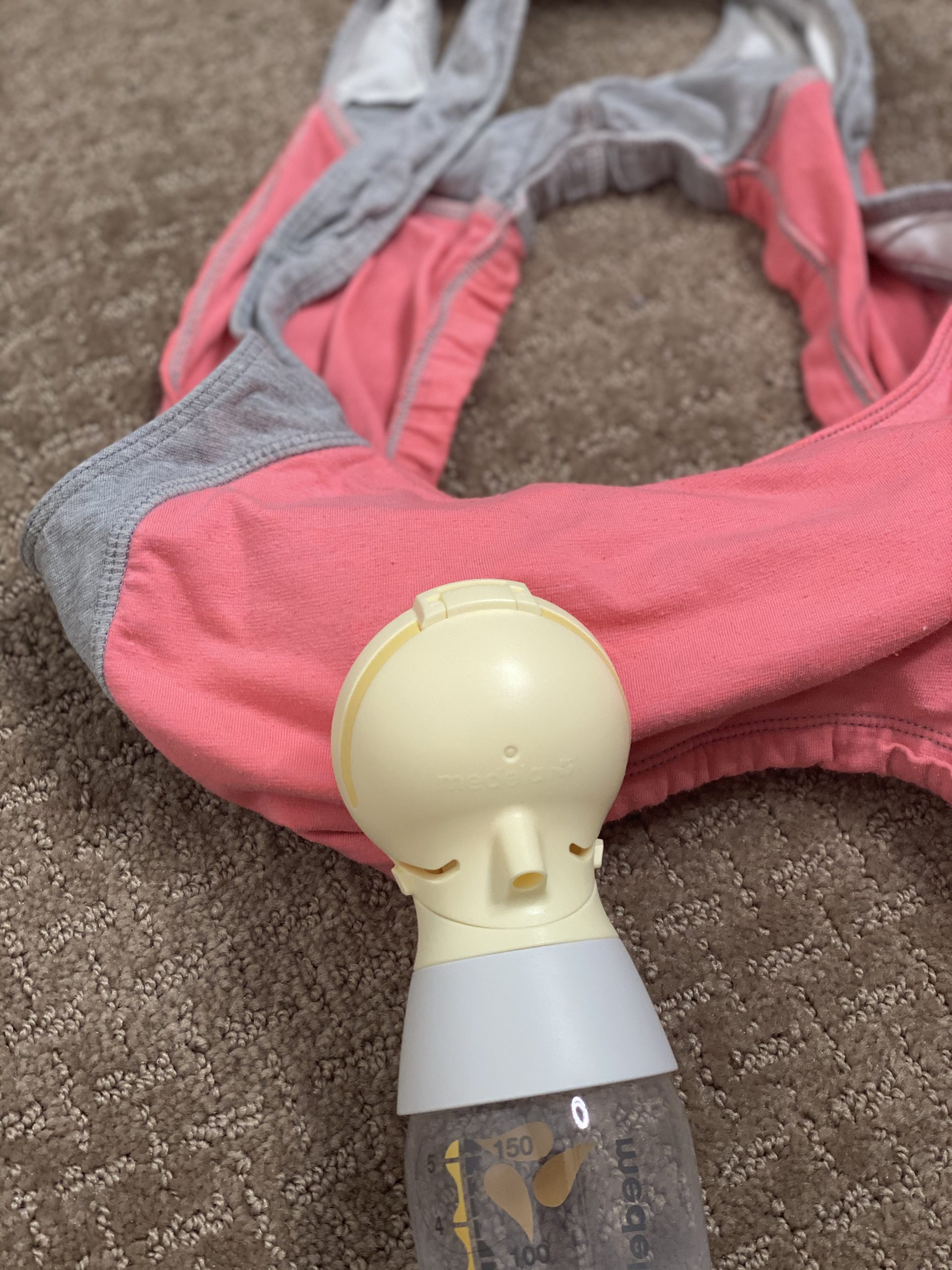Does Gestational Diabetes impact your ability to breastfeed? Here is everything you need to know about Gestational Diabetes and breastfeeding.
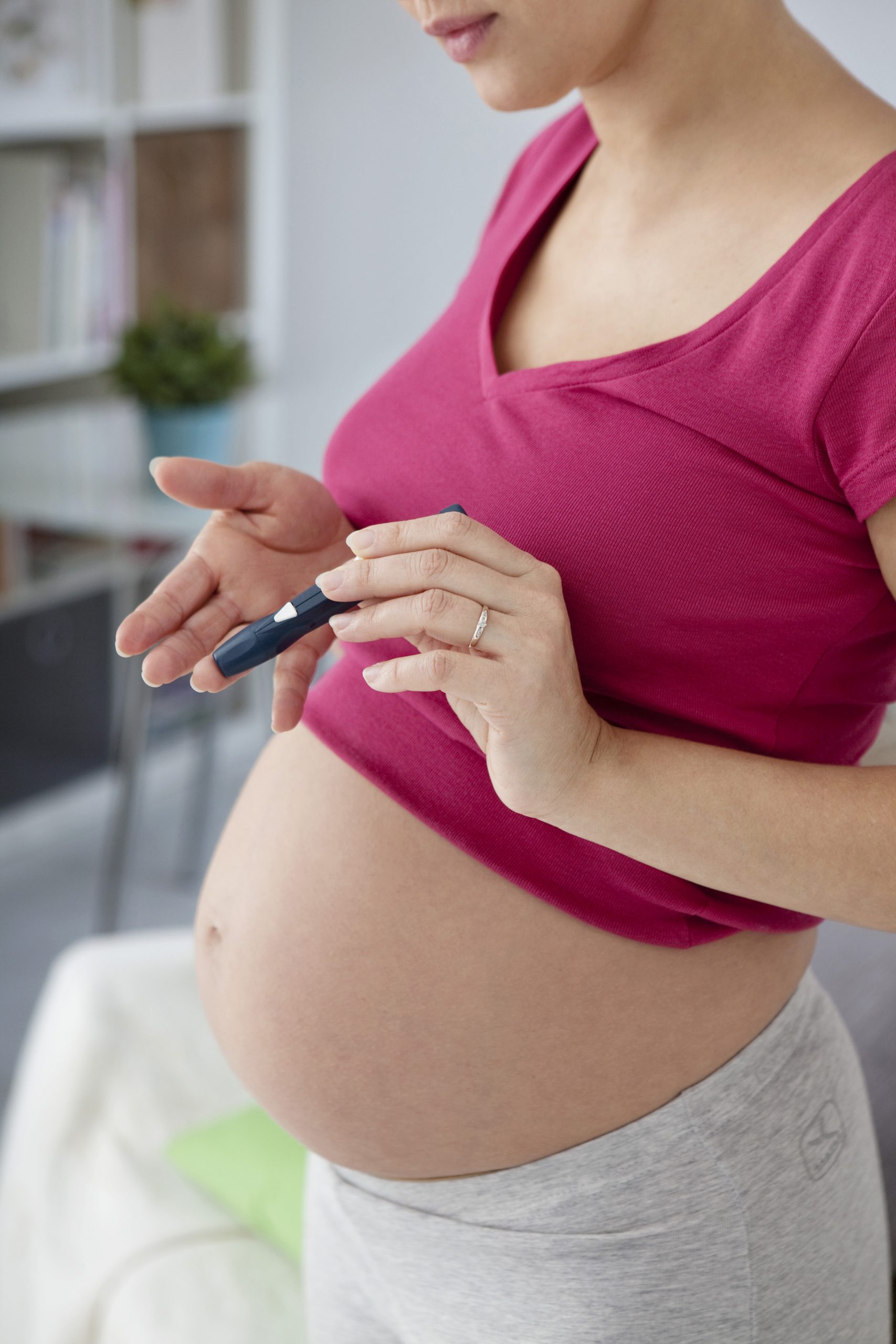
Having Gestational Diabetes does NOT mean you will have trouble breastfeeding.
My milk came in at 24 hours postpartum with my son, and I’ve been able to successfully breastfeed him now for eight months.
However, there are a few things to keep in mind that can happen post-birth due to Gestational Diabetes that could cause a couple of bumps in the road.
I hope that this guide will help you navigate having Gestational Diabetes and the impact it can have on you and your child. Gestational Diabetes can be a frustrating and overwhelming diagnosis, but my goal is to share my experience in a way that will encourage you.
No advice in this article should replace that of a trusted medical provider.
Table of contents
Possible Complications
Baby’s Blood Sugar
It’s not suggested to routinely check a newborn’s blood sugar unless they are in one of the pre-determined “high risk” groups – one of which is a baby born to a mother with Gestational Diabetes.
Babies born to mothers with Gestational Diabetes are at a higher risk of having low blood sugar after they are born. This is more likely to happen if the GD was not well-controlled.
When your baby is born, they will have their blood sugar tested within a few hours. Hospitals have different protocol, but the hospital I gave birth at required four blood sugar levels that were at or above the minimum required level.
For the first two checks, the threshold is a little lower, and then it increases. The level requirement can be different depending on if your baby is showing symptoms of hypoglycemia or not.
This was, by far, one of the most stressful experiences I can remember having. Andrew’s first couple of levels were find, but then they dropped a little. The hospital required a blood test confirmation of his blood sugar levels, which always came back normal. But it was this endless cycle of the blood sugar monitor showing them as slightly normal than expected, but then the blood test was fine.
I felt like I had no control of the situation, and I couldn’t feed him like I normally would because they required I call them right before I wanted to feed him in order to test his blood sugar, but they wanted me to feed him only every three hours (and I just wanted to nurse him on demand!).
Eventually I worked with an IBCLC who told me it was okay to give him little “snacks” of colostrum via a syringe or hand expression in between feeds. Of course, you need to be on the same page with your medical team, but I feel like it helped.
Anyways – long story long – if your baby DOES have low blood sugar after a couple of checks, you will be asked to supplement or give some kind of glucose mixture.
A lot of hospitals will jump straight to formula, however, I would suggest the following in order to best preserve the breastfeeding relationship:
- Latch as frequently as you are able to. If baby isn’t suckling well, you can hand express into their mouth and tickle behind their ear. It sometimes encourages them to suck.
- Hand express your own colostrum and feed via a syringe or cup (learn more about these methods in our free breastfeeding class).
- If you cannot produce enough if your own milk or are too tired, consider using donor milk, if available.
- If you do supplement (regardless of the form), try using a syringe or cup. If you do use a bottle, make sure you paced feeding it (there is a video in our free course about this)
- Do lots of skin to skin – it can help regulate a baby’s temperature and blood sugar. My son practically lived in my hospital gown (while I was awake!)
- Request the help of a International Board Certified Lactation Consultant
Jaundice
Babies born from a Gestational Diabetes pregnancy are at an increased risk of developing jaundice. This article suggests that about 25 percent of babies born to GDM moms will develop jaundice, which is about twice as frequently as a “healthy population.”
Jaundice is an interesting topic – one deserving of its own blog post. Jaundice doesn’t necessarily mean you have to do anything beyond feed on demand – unless their levels get above a certain level. Some recent research even suggests it can be a protective factor.
All my kids have had jaundice. Their levels were never dangerous, and they eventually just outgrew it.
I think one of the main issues is that if a GDM baby has low blood sugar, they may be more tired and less enthusiastic to eat, and not eating enough can make it hard to get rid of their excess bilirubin, which leads to starvation jaundice.
So it all goes back to making sure your baby is being fed on demand and frequently!
C-Section
Moms with Gestational Diabetes often have larger babies, especially when it isn’t controlled.
While a large baby in and of itself does not mean you have to have a c-section, sometimes it can put you at a higher risk – especially if your baby ends up having shoulder dystocia, which is a medical emergency.
Anyways – GDM can, in turn, put you at a higher risk for c-sections, which can affect breastfeeding.
Here is an article about breastfeeding and c-sections. They can cause a delay in your milk coming in, and your infant may lose more weight due to fluids. However, early and frequently skin to skin and latching frequently can combat any of those potential issues.
Tips for Success
Colostrum Collection
Some doctors and midwives instruct their GDM patients to start collecting colostrum once they hit 37 weeks.
You can do this by hand expression and collect it using a syringe (or something like the Kindest Cup, and then storing it in a syringe).
A lot of moms who do this are glad they have it just in case their baby needs a little extra due to blood sugar levels. It’s stressful trying to express when you are dealing with a low blood sugar situation, so having it beforehand might alleviate some of that.
This is something to definitely discuss with Uy our care provider.
Hand Expression
Gestational Diabetes and Milk Supply
I have not seen any evidence to suggest that simply having Gestational Diabetes will hurt your milk supply.
With my GD baby, my milk came in at 24 hours postpartum. I have also successfully breastfeed two other children, so my body just went into milk making mode. I haven’t had any supply issues, and I am almost eight months postpartum.
But even if you haven’t had another baby, chances are, you will not have an impact on your supply. If your baby does need to be supplemented or can’t nurse for some reason, as long as you do skin to skin and hand express, you should still be able to have a good supply.
Recommended Gestational Diabetes Resources
The best thing you can do is manage your Gestational Diabetes as well as you can. This requires working with your doctor/midwife and usually a diabetes counselor.
I have a lot of feelings on some of the recommendations given to mothers with Gestational Diabetes, but I would just encourage you to do your research and work with a trusted care provider to come up with the best course of action.
The following resources were very helpful to me during my pregnancy:
- Anything from Lily Nichols. She is the author of “Real Food for Pregnancy” and “Real Food for Gestational Diabetes“. I learned about her about a month before I got diagnosed with GDM, and as soon as I got the results, I downloaded the eBook “Real Food for Gestational Diabetes” and read it in one sitting. Her advice is different from mainstream information, but I believe it’s why I have had such a healthy pregnancy and postpartum. Her book is amazing, but you should also follow her on Instagram, check out her website, and even consider taking her course for pregnant moms with GDM.
- Jessica from Pregnancy and Postpartum TV and Pregnancy and Childhood Nutrition. She has wonderful workouts, a great Facebook support group, and a lot of very helpful information for GDM.
Why Breastfeed?
I mean, there a tons of reasons why you should consider breastfeeding – however, I want to focus on why mothers who had Gestational Diabetes should specifically consider
Gestational Diabetes usually goes away after you give birth (though some women may have erratic blood sugar levels for a while postpartum). At your six week appointment, you will likely be offered a blood glucose test like you took during pregnancy – or some offices will let you do an A1C test (which is what I did) to make sure you are no longer having high levels.
Unfortunately, women who get Gestational Diabetes do have a significantly increased chance of developing Type 2 Diabetes – according to the CDC, around 50%.
Gestational Diabetes babies also are at an increased risk of developing Type 2 Diabetes.
This article states that, “women who have had gestational diabetes have a 3-7 times increased risk of developing type 2 diabetes within 5-10 years, and their child from that pregnancy has increased risk for both obesity and type 2 diabetes.”
So what does this have to do with breastfeeding? Well, some research suggests that it may help lower your chances of developing Type 2 Diabetes.
It is also thought that breastfeeding can help lower a child’s chance of developing it as well (and that’s not just GDM babies but with all children). I had an IUGR baby as well, which also puts him at a higher risk of Type 2 Diabetes, so breastfeeding both of these children of mine felt even more important to me – just to give them the best defense possible.
While not all women lose weight while breastfeeding, it can be an added benefit. Losing weight can help you to lower your chances of getting Type 2 Diabetes as well.
Many women feel more of a desire to have a healthier, balanced diet while breastfeeding as well. A healthy diet can help prevent Type 2 Diabetes as well (be sure to check out our 28-day Breastfeeding Meal Plan that you can buy here for just $9.99).
All in all, I hope that this post has given you some guidance and encouragement in regards breastfeeding after a Gestational Diabetes pregnancy!
Don’t forget to signup for our FREE breastfeeding class!
Other Gestational Diabetes Posts You May Enjoy:
